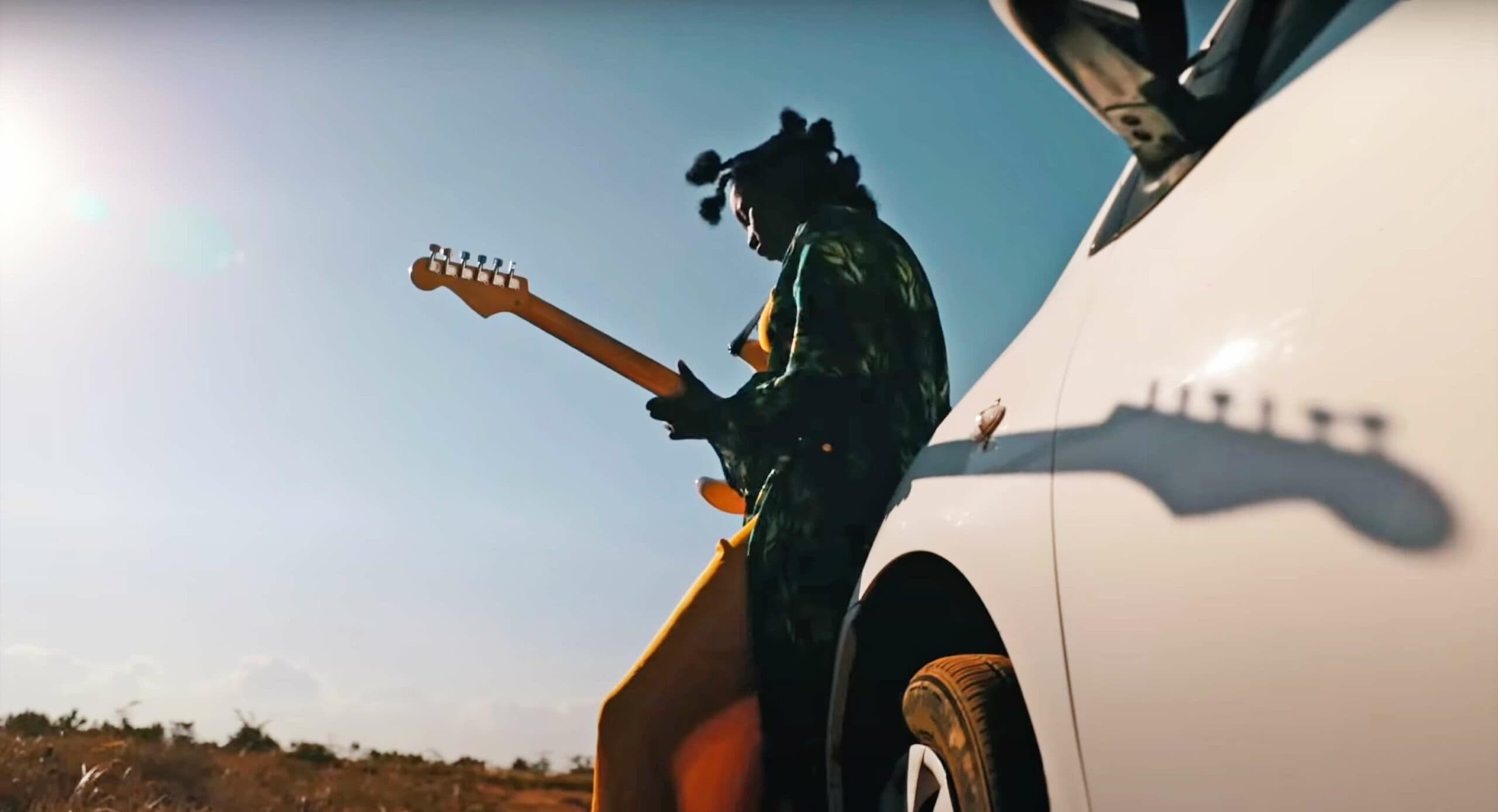We're loading the full news article for you. This includes the article content, images, author information, and related articles.
Kenya’s youth movement is using music, art, and memes as tools of resistance. From protest anthems to viral satire, Gen Z is building a culture of defiance that redefines political expression in the digital age.

Byline: Nairobi, Kenya –
They march with placards in one hand and smartphones in the other. They chant protest songs over Gengetone beats. Their placards read like memes, their murals like manifestos. Kenya’s Gen Z has ignited one of the country’s most defiant political awakenings in decades — and at its core is a vibrant culture of expression-as-resistance.
Where previous generations may have turned to political parties or formal institutions, this generation turns to creativity: music, art, memes, and satire that carry the fury of injustice and the fire of hope. The language of the movement is not just spoken; it is sung, drawn, coded, and remixed. This is protest in the age of digital-native defiance.
In downtown Nairobi, during the July protests, a familiar track blared from portable speakers: “Sipangwingwi.” Once just a club anthem, it’s now shorthand for a generation that refuses to be manipulated. Kenyan protest music has always carried the pulse of the people — from Eric Wainaina’s “Nchi Ya Kitu Kidogo” to Juliani’s political rhymes — but this moment is uniquely charged.
Artists like Wakadinali, Buruklyn Boyz, and Trio Mio have become inadvertent soundtracks to the rebellion. Their lyrics, even when not overtly political, echo themes of struggle, economic survival, and urban alienation. Gengetone — once dismissed as vulgar or fringe — has transformed into an outlet for frustration, its raw energy matching the heat on the streets.
Even gospel music has not been left behind. Protesters have turned “Hakuna Silaha Kama Maombi” (There’s No Weapon Like Prayer) into both war cry and benediction, blending faith with resistance.
“We don’t need a national anthem,” said a protester in Kisumu. “We already have a playlist.”
Where the tear gas fades, street murals remain. In cities across Kenya, walls have become open-air galleries of protest — painted fists, bleeding flags, and portraits of fallen demonstrators. Artists like Bankslave, Msale, and Khadija Kinyanjuiare reclaiming physical and digital space with urgent visual language.
At Jeevanjee Gardens, a temporary installation by anonymous artists featured black coffins with stenciled names of protest victims. In Kibera, a mural of a crying mother holding a gas mask was painted over by local authorities — only to be repainted the next day by residents.
Instagram has turned protest art into a circulating archive. Each piece is photographed, posted, and reshared with hashtags like #SabaSaba2025, #GenZRevolt, and #ArtivismKE.
“Our brushes are weapons,” said a young artist in Nairobi’s CBD. “We paint what the media won’t show.”
Where the state wields power through policy and force, Kenya’s Gen Z fires back with humor. Memes have become the sharpest scalpel in the toolkit of dissent, slicing through propaganda with satire and speed.
In seconds, netizens turn political gaffes into viral clips — like a Cabinet Secretary stumbling through an interview, re-captioned with SpongeBob fonts and dubbed soundtracks. Politicians are caricatured as cartoon villains. Viral edits turn news conferences into sitcom openings.
But this is more than digital comedy. It’s political education. Memes distill complex policy critiques into digestible content. They bypass traditional gatekeepers and speak in the vernacular of Gen Z — irreverent, visual, fast-moving, and globally fluent.
“We’re not just trolling,” said @KOTKasarani, a prominent meme page admin. “We’re documenting history in real time. With jokes.”
What makes this movement powerful is not just its scale — it’s its voice. This is not a generation asking to be heard. It is speaking, dancing, drawing, and remixing its way into history. Whether it’s protest graffiti on government walls or protest playlists topping Spotify charts, Kenya’s youth are defining the terms of engagement on their own cultural terrain.
They are not waiting for validation from legacy media or political elites. They are making their own narratives, their own archives, their own aesthetic of resistance.
And when the tear gas clears and the hashtags fade, the art will remain. The music will still play. The memes will still sting. These creative artifacts will tell the story of a generation that stood up — not with silence, but with song, paint, laughter, and defiance.
Keep the conversation in one place—threads here stay linked to the story and in the forums.
Other hot threads
E-sports and Gaming Community in Kenya
Active 7 months ago
Popular Recreational Activities Across Counties
Active 7 months ago
The Role of Technology in Modern Agriculture (AgriTech)
Active 7 months ago
Investing in Youth Sports Development Programs
Active 7 months ago